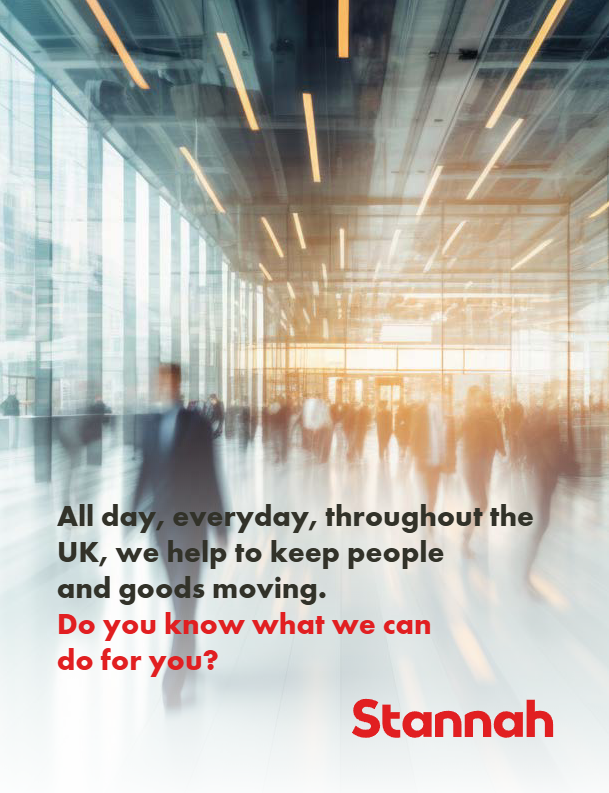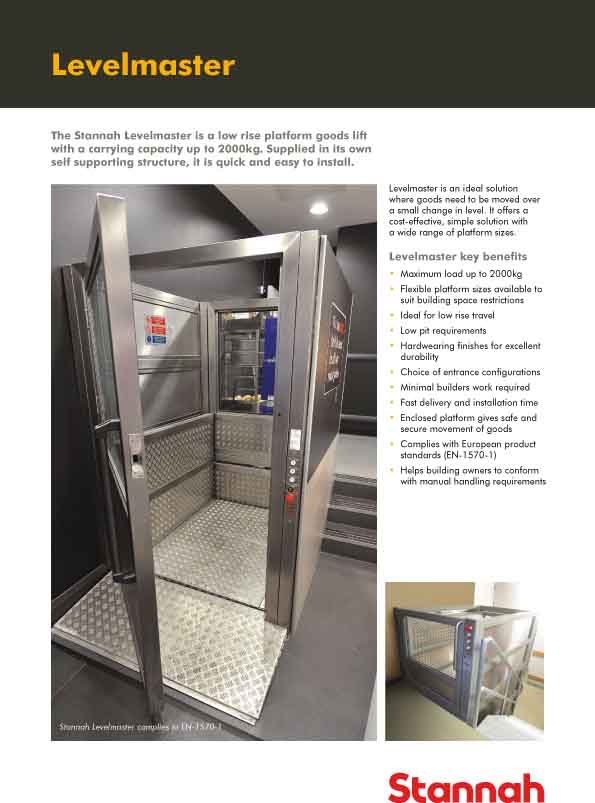The ONS has released a new report on estimates of the size of the UK's Low Carbon and Renewable Energy Economy (LCREE), including turnover and employment.
The update shows that the low carbon and renewable energy economy (LCREE) turnover and employment estimates are both at their highest level since the first comparable figures in 2015.
Also, between 2020 and 2021, LCREE turnover (all in current prices) increased by 30.8%, from £41.6 billion to £54.4 billion. Employment increased by 16.4% in the same period, from 212,600 full-time equivalents (FTEs) to 247,400.

The energy efficient products group had the highest LCREE turnover in 2021 at £19.6 billion (36.0%) and the highest LCREE employment at 138,300 FTEs (55.9%).
The manufacturing industry had the highest LCREE turnover in 2021 at £16.9 billion (31.1%), and the construction industry had the highest LCREE employment at 91,000 FTEs (36.8%).
The ONS concludes that although a proportion of this observed increase could be attributed to the recovery of the UK economy from the coronavirus (COVID-19) pandemic, this is not likely to be the whole picture and more significant progress is now being made.
Lynne Baber, Head of PwC Sustainability, said: “We know that the transition to a green economy must accelerate. (The) ONS data is welcome confirmation that the pace is beginning to pick up with turnover and employment rates in the low carbon and renewable energy sectors both reaching their highest levels, but more must be done.
“With our recent Green Jobs Barometer showing that green jobs are growing at almost four times the rate of the overall jobs market, today’s data reinforces how strong the UK’s starting position is in the race for green economic growth.
“However, with countries across Europe and other parts of the world stepping up their own ambitious plans for green growth, the UK must ensure the path is clear to continue moving at the required pace – that means ambitious policies aimed at green growth, and investment in infrastructure, energy efficiency, and technology while ensuring that these jobs are created in the regions where they are most needed.
“PwC analysis has shown that reskilling or upskilling of the workforce needs to accelerate now in order to fill the green skills gap in time to meet net zero by 2050.
“Challenges arise in ensuring that workers are sufficiently reskilled into new roles and that the demand for skills are met, particularly given a lack of coherent labour force planning, a lack of engagement with educational institutions and negative perceptions of the energy sector amongst young people.”




















